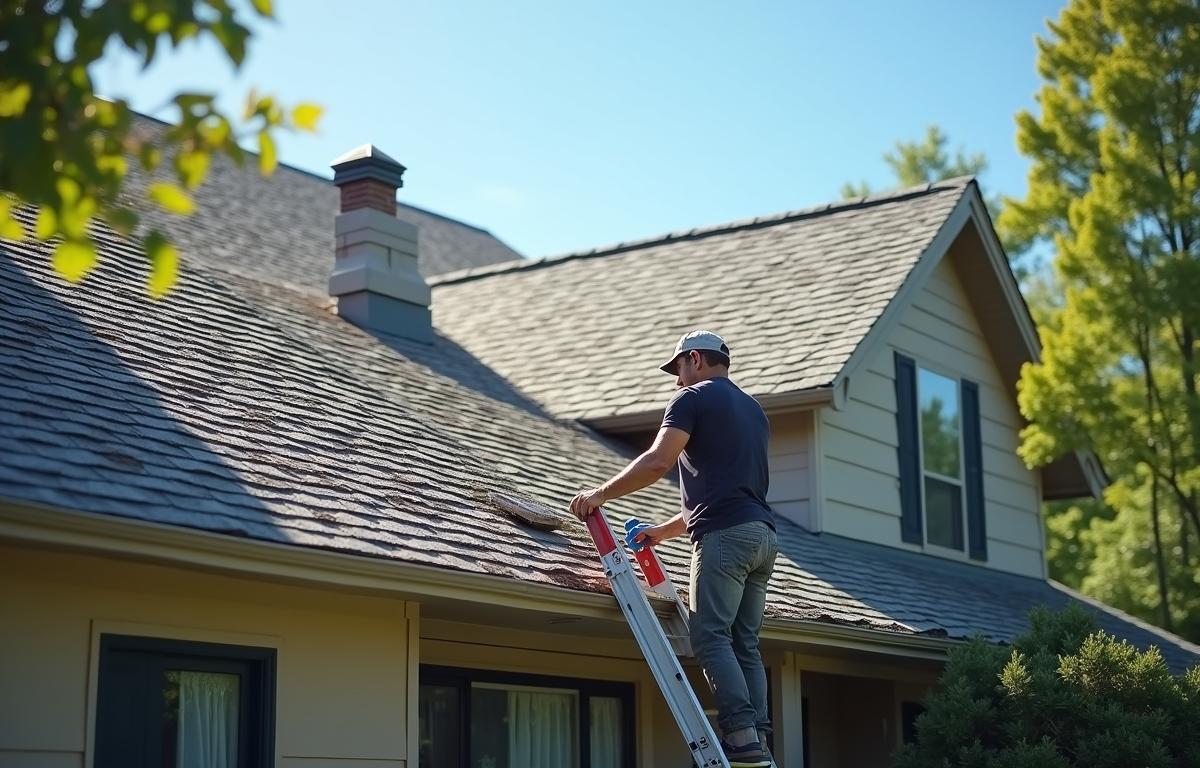For those with older properties and aging roofs, wondering will insurance cover a 20 year old roof is common. This question often crosses homeowners’ minds when they notice signs of aging shingles or persistent leaks. Age alone doesn’t necessarily disqualify a roof from coverage, but insurers pay close attention to its condition. They also consider your roof’s history of maintenance and repairs. Navigating these details can feel confusing, especially with varying policy rules.
Why Roof Age Matters to Insurers
Insurers consider a roof’s condition a key factor when approving coverage. They often weigh roof age and insurance premium impact side by side because a 20-year old roof poses higher risks for leaks and structural issues. While an older roof might still be eligible if it’s well-maintained, each provider has different parameters. In many cases, they look at prior repairs, inspection records, and location-specific risks.
An insurer will typically charge higher premiums if a roof is older and lacks regular upkeep. Maintenance can make a difference in how they view your home’s risk profile. Even small tasks, such as replacing missing shingles, can boost your chances of securing a policy. If your roof hasn’t seen proper care, you might face stricter terms or even a denial of coverage.
Essential 20 Year Old Roof Insurance Factors
Many homeowners wonder if an insurer will impose specific restrictions on a 20-year old roof. Insurance policy limits for older roofs can vary, but some providers cap the amount they’ll pay for repairs. They might only reimburse you for the depreciated value rather than full replacement costs. This approach comes into play because older materials usually have less life expectancy.
When considering coverage for leaking roof scenarios, insurers first review whether the damage resulted from a covered peril. If a storm, fire, or vandalism caused the leak, you stand a better chance of approval. However, if the roof simply deteriorated because of neglect, the claim might face denial. Communicating with your agent about ongoing maintenance records can help you make a stronger case.
It’s important to note that homeowners insurance depreciation for roofs plays a major role in deciding how much you receive if a claim is approved. Your insurance company will calculate how much value your roof lost over time. The older the roof, the greater the reduction. This depreciation scale often influences whether a repair or replacement will be covered fully.
Evaluating Common Risks for Older Roofs
Nature can test any roof, particularly those that have seen two decades of wear. Storm damage coverage for aged roofs usually depends on whether the structure can withstand high winds, heavy rain, or hail damage. If your roofing materials remain in decent shape, insurers may honor claims for weather-related incidents. On the other hand, if existing weak spots cause water intrusion, they may point to lack of maintenance as the culprit.
Spotting Early Damage
Regular inspections act as a proactive measure to identify trouble areas before they escalate. A minor crack or missing shingle can become a major repair if left unattended. By staying on top of wear and tear, you can avoid disputes with your insurer if a heavy storm sweeps through. This diligence often separates valid claims from those denied for neglect.
Steps to Strengthen a 20-Year Old Roof
One way to maintain a 20-year old roof is through consistent upkeep. You can call a roofing professional for an annual check to spot worn-out flashing or damaged underlayment. Sealing vulnerable spots and replacing aged shingles helps preserve your roof’s integrity. A solid track record of maintenance can ease your path when filing a claim.
Some homeowners seek partial or complete replacement, especially if the roof shows extensive damage. Roof replacement options in insurance policies differ among providers, so check whether your policy includes cash value coverage or replacement cost coverage. Cash value policies often yield lower claim payouts, while replacement cost coverage can shoulder a bigger portion of expenses. Review these details closely to avoid surprises down the road.
Filing an Insurance Claim Effectively
Once you decide to file a claim, document every detail to strengthen your position. Snap clear photos of damaged spots, track repair invoices, and record any contractor assessments. Presenting this evidence can convince your insurer that the damage stems from a valid event. Make sure your policy is up to date and that you’ve followed any preventive measures recommended by the insurer.
Homeowners also weigh options like metal roofs, given their durability, but some worry about meta roof vs shingles costs. While metal roofs can demand a higher upfront investment, they may last longer than traditional shingles. Some insurers view metal roofing as lower risk, which might result in a slight discount on premiums. On the other hand, if budget constraints persist, quality shingles can still provide reliable coverage with proper upkeep.
Refining Your Insurance Strategy
Shopping around for different policies can help you find terms that fit your older roof’s condition. Some companies offer flexible coverage if you can prove steady maintenance. Others may require an inspection to confirm that the roof remains in good shape. Taking the time to research your options allows you to avoid unnecessary surprises.
Speak openly with your agent about your roof’s features, past repairs, and any upgrades you’ve made. This transparency shows that you’re proactive about protecting your home. In turn, you could receive more favorable rates or policy terms. When it comes to a 20-year old roof, diligence and upkeep often tip the balance in your favor.
